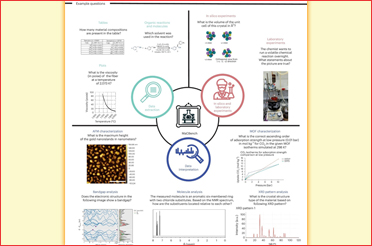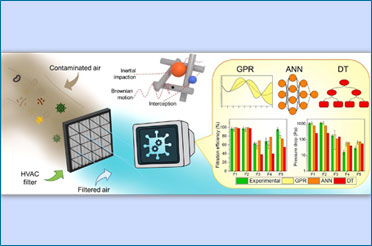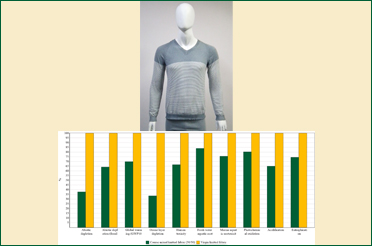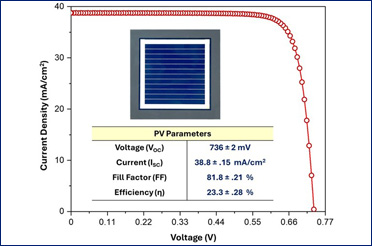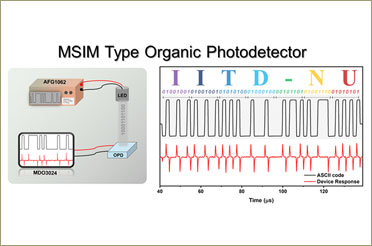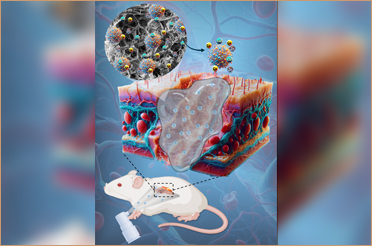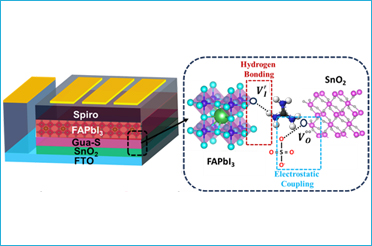Publish Date: January 31, 2025
Atomically thin graphene coating effectively protects glasses from simultaneous mechanical and chemical damage under water: Study
Share this on
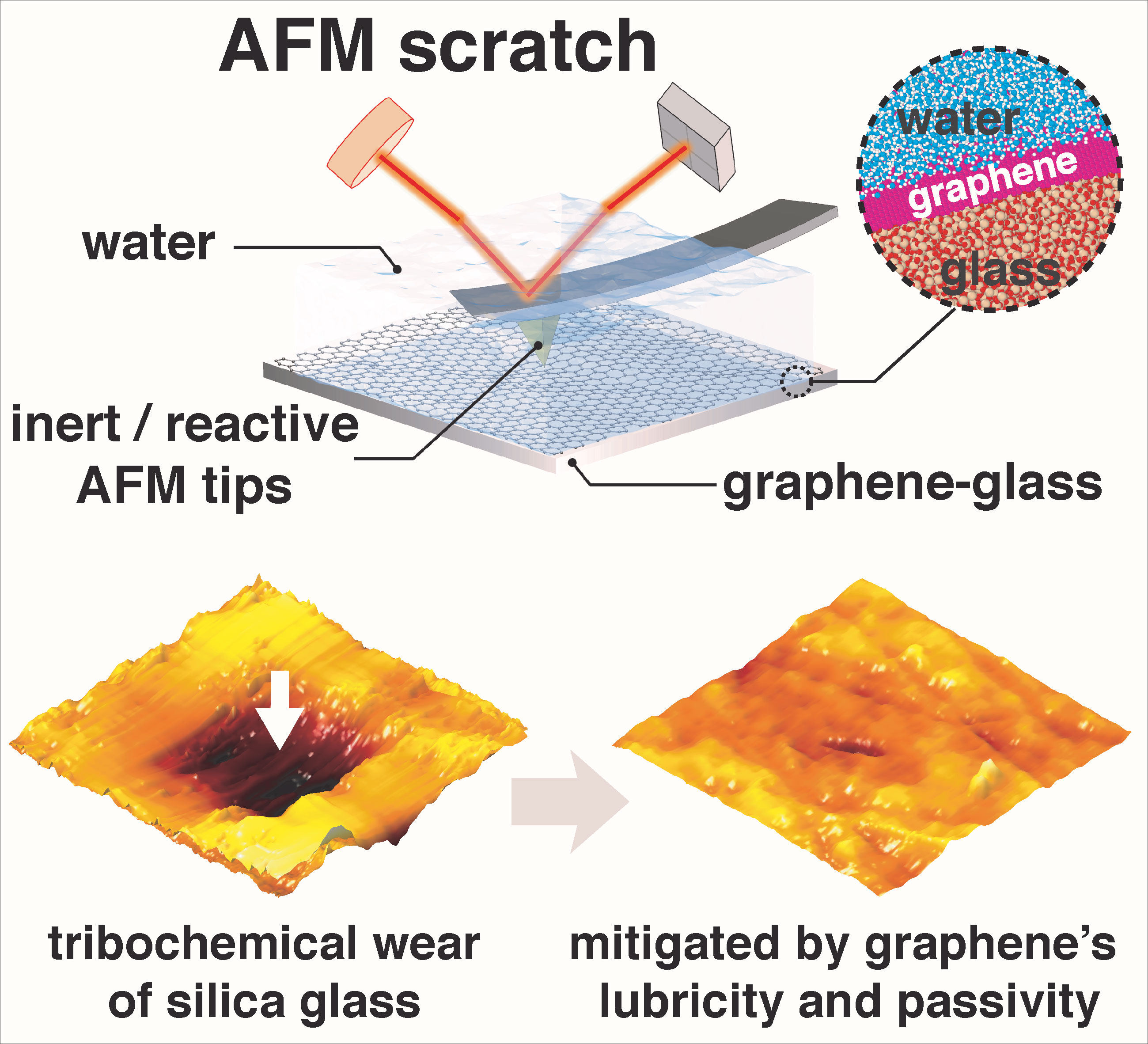
New Delhi: Ever noticed how something as simple as cleaning raindrops off your eyeglasses, wiping a windshield, or removing spilled water from a glass tabletop can leave unsightly marks? These everyday scenarios reveal the vulnerability of glass, which, despite its transparency and functionality, is prone to surface damage during routine use.
Surprisingly, water—the same water that surrounds us as humidity or moisture—can make things even worse. For example, windshield wipers sweeping dusty glass during a rainy drive can create microscopic scratches as tiny dirt grind against the surface. Similarly, cleaning a glass table or eyewear lens with a damp cloth may seem harmless, but water molecules can promote and seep into micro-scratches, wearing out the glass at a molecular level. These water-driven processes, though often invisible, are a hidden enemy of glass durability, reducing its strength, lifespan, and reliability.
Addressing this challenge, IIT Delhi researchers demonstrate that about 1 nanometer-thick graphene—by virtue of its exceptional chemical shielding—can remarkably improve the durability of glasses exposed to water. Repeated scratch tests carried out at nanoscales reveal that just a few layers of graphene can transform fragile silica glass into a damage-resistant surface in water by preventing severe wear. Interestingly, zero wear was observed when scratched with both hard diamond and reactive silicon countersurfaces, despite the latter being aggressively corrosive to bare glasses.
Molecular simulations by the researchers further reveal the secret behind graphene’s effectiveness: it prevents the chemical “sticking” of glass to reactive bodies sliding in the presence of water. This shielding ability of graphene protects the glass from combined physical and chemical damage.
In essence, this research highlights a simple yet practical solution for creating ultra-durable glass coatings, particularly for moisture-sensitive applications, such as smartphone screens, camera lenses, automotive windshields, solar panels, and even optical instruments exposed to humid or wet environments.
The research paper titled “Graphene Mitigates Nanoscale Tribochemical Wear of Silica Glass in Water” was published in Small (https://doi.org/10.1002/smll.202410040).




